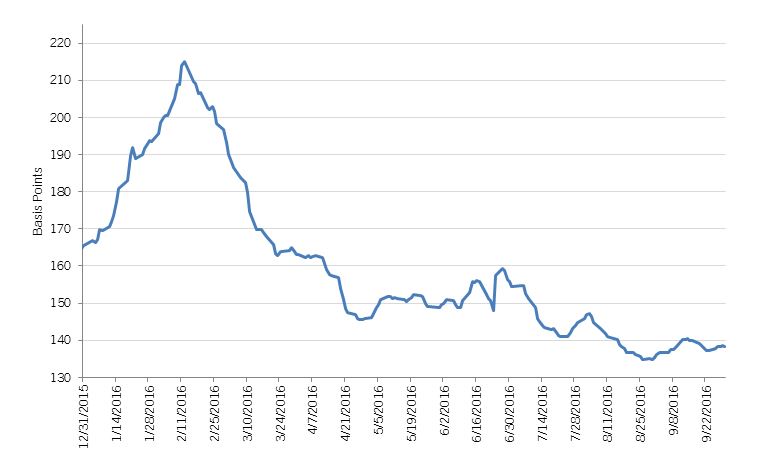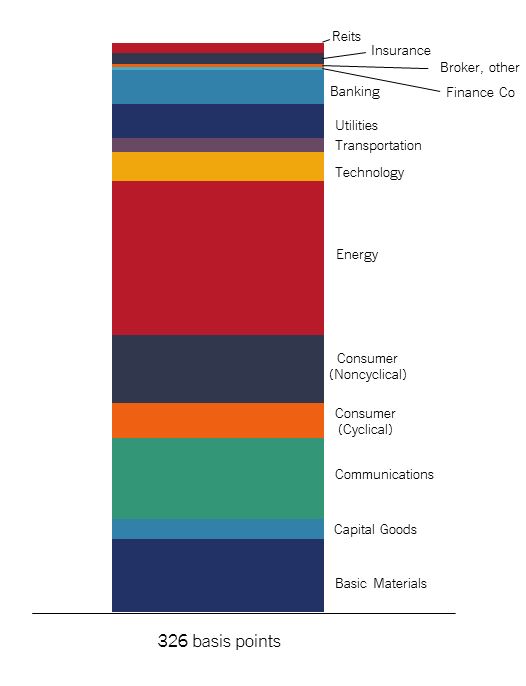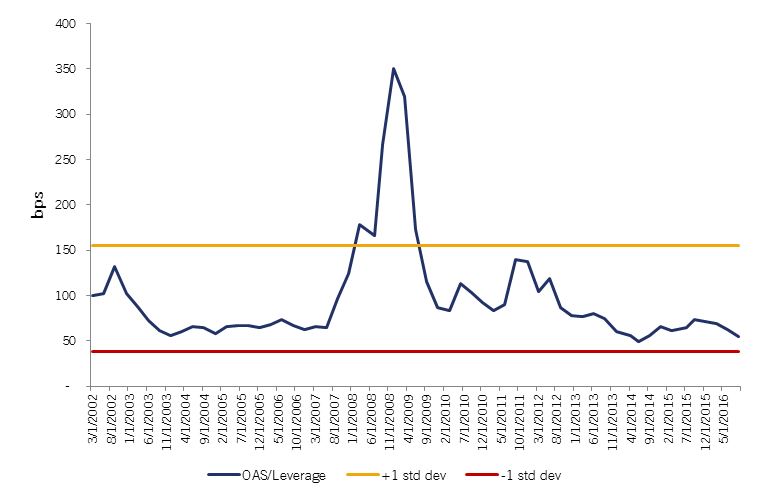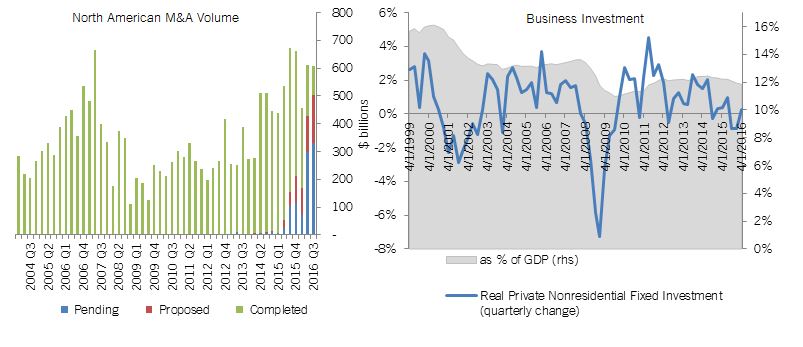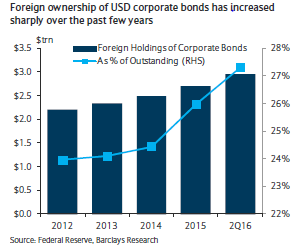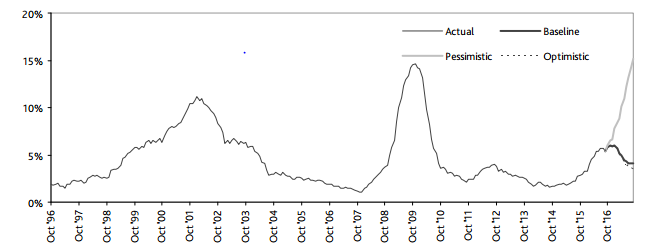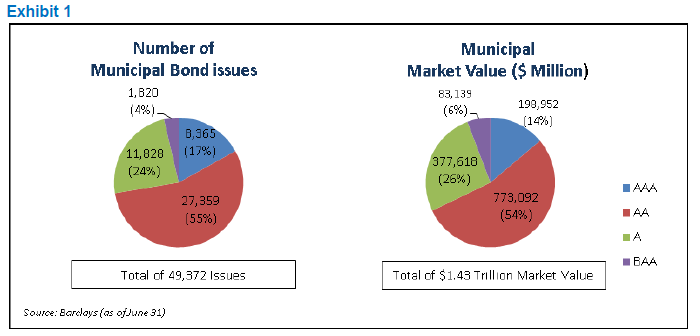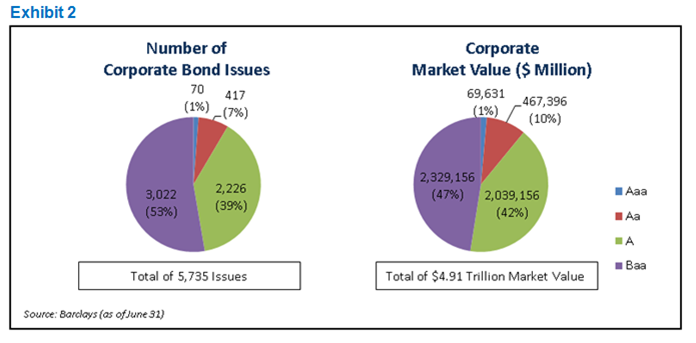Volatility Happens
On Tuesday, January 24, 2017, AAM hosted an Investment Outlook webinar titled, “Volatility Happens.” The webinar included a general economic overview and our sector experts shared their insights regarding Corporates, Structured Products, Municipals, High Yield, and Convertibles.
Slides Only
Volatility Happens_Sector Webinar
Outlook Commentary by:
Greg Bell, CFA, CPA
Director of Municipal Bonds
Marco Bravo, CFA
Senior Portfolio Manager
Scott Edwards, CFA, CPA
Director of Structured Products
Elizabeth Henderson, CFA
Director of Corporate Credit
Reed Nuttall, CFA
Chief Investment Officer
Tim Senechalle, CFA
Senior Portfolio Manager
Scott Skowronski, CFA
Senior Portfolio Manager
30 W Monroe St
3rd Floor
Chicago, IL 60603-2405
312.263.2900
Disclaimer: Asset Allocation & Management Company, LLC (AAM) is an investment adviser registered with the Securities and Exchange Commission, specializing in fixed-income asset management services for insurance companies. Registration does not imply a certain level of skill or training. This information was developed using publicly available information, internally developed data and outside sources believed to be reliable. While all reasonable care has been taken to ensure that the facts stated and the opinions given are accurate, complete and reasonable, liability is expressly disclaimed by AAM and any affiliates (collectively known as “AAM”), and their representative officers and employees. This report has been prepared for informational purposes only and does not purport to represent a complete analysis of any security, company or industry discussed. Any opinions and/or recommendations expressed are subject to change without notice and should be considered only as part of a diversified portfolio. A complete list of investment recommendations made during the past year is available upon request. Past performance is not an indication of future returns.
This information is distributed to recipients including AAM, any of which may have acted on the basis of the information, or may have an ownership interest in securities to which the information relates. It may also be distributed to clients of AAM, as well as to other recipients with whom no such client relationship exists. Providing this information does not, in and of itself, constitute a recommendation by AAM, nor does it imply that the purchase or sale of any security is suitable for the recipient. Investing in the bond market is subject to certain risks including market, interest-rate, issuer, credit, inflation, liquidity, valuation, volatility, prepayment and extension. No part of this material may be reproduced in any form, or referred to in any other publication, without express written permission.



